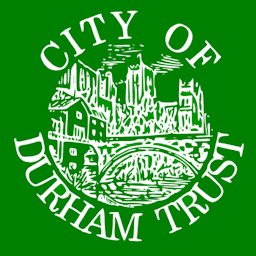
- Home
- About us
- Join us
- Latest news
- Publications
- Our work
- Awards
- Past awards – list
- 2022 Architectural Award
- 2020 to 2021 Award
- 2019 Architectural Award
- 2018 Architectural Award
- 2016 Architectural Award
- 2015 Architectural Award
- 2014 Architectural Award
- 2013 Architectural Award
- 2012 Architectural Award
- 2011 Architectural Award
- 2009 Architectural Award
- 2008 Architectural Award
- 2007 Architectural Award
- 2006 Architectural Award
- 2005 Architectural Award
- 2004 Architectural Award
- 2002 Architectural Award
- 2001 Architectural Award
- 1999 Architectural Award
- 1998 Architectural Award
- 1997 Architectural Award
- 1996 Architectural Award
- 1995 Architectural Award
- 1994 Architectural Award
- 1993 Architectural Awards
- 1992 Architectural Award
- 1991 Architectural Award
- 1990 Architectural Award
- Resources
- List of assets of the month
- List of Plaques in the City
- City of Durham Parish Council Plaques
- City of Durham Trust Plaques
- Durham Rotary Jubilee Plaques
- Other organisations – People
- Other organisations’ plaques – Bridges
- Other organisation’s plaques – Landscape
- Other organisation’s plaques – Awards
- Other organisations’ plaques – Various
- Durham Marketplace Timeline
- Coats of arms on Palace Green
- Coats of arms in The College
